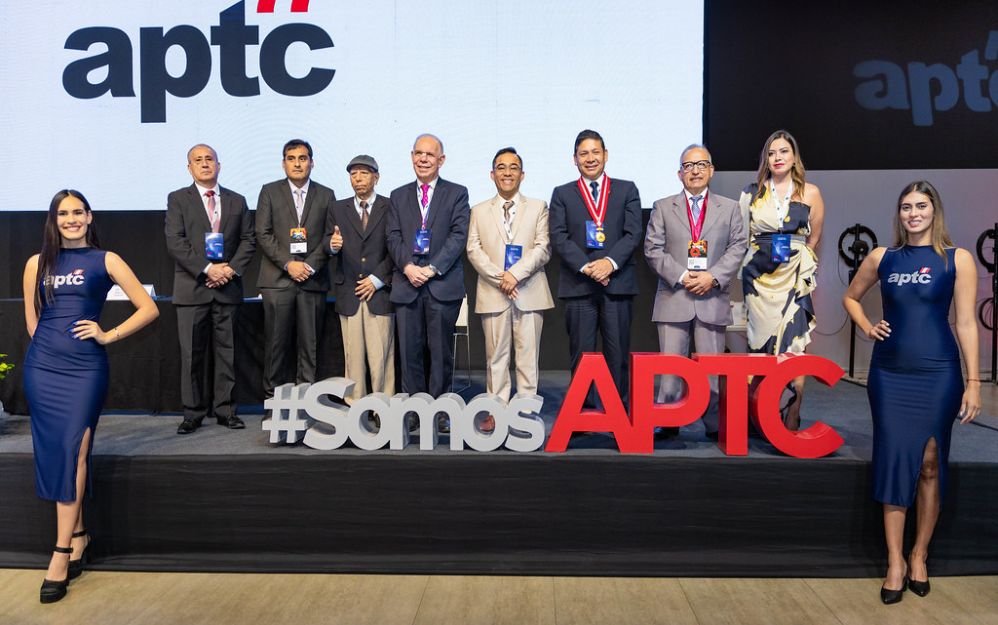U.S. HISPANIC Versión en español
SOMOS FAST: We are comfortable keeping our Spanish-language and horror film offering for the next 10 years
Maribel Ramos-Weiner| 31 de marzo de 2024

Luis Guillermo Villanueva: We have seen that a lot of the money that works in traditional TV has been transferred to streaming
SOMOS Group chose films in Spanish and horror to launch its offer of FAST channels: Cine en Español and Cine de Horror, due to the strength they have in both where they have stocked content library and because of the limited horror offer available for Latinos making it a good business opportunity.
“We feel comfortable with Spanish-spoken and horror cinema because we feel that we can continue with our content in the same way for the next ten years. We have a lot of quality products since we have 21 years in the market looking for content: classic cinema, very modern cinema, and everything in between,” highlighted Luis Guillermo Villanueva, VP and COO of SOMOS FAST of Grupo SOMOS.
FILM AND HORROR POPULAR GENRES FOR LATINOS
Cinema in Spanish is one of the great strengths of Grupo SOMOS. “All cinema from Spanish-speaking countries in the US is where we have had the most strength, both in ViendoMovies and in Flix Latino. We handle a lot of content and catalog and have experience watching the movies that Latinos like here in the US. We feel very comfortable to continue increasing our catalog, our strength, and our position as a channel within that genre,” said Villanueva.
Regarding horror, Villanueva explained it is one of the most requested genres by the group’s base audience. “Latinos watch it a lot because of all the stories we have had: Los Cuentos de la Cripta, La Llorona, and El Chupacabras have been very popular because they feel attracted towards the supernatural and fear. This type of entertainment is in short supply. We think the market needs to offer something different, which we can effectively feed as comfortably as Spanish-spoken cinema,” he explained.
FAST IS THE LOGICAL STEP TO FOLLOW FOR THE GROUP
Villanueva said that FAST was the logical step to follow in the way data-driven TV is moving.
“Besides all the products we have on TV and SVOD channels, aside from what Grupo SOMOS is, it seemed we needed an avenue such as FAST. After the ViendoMovies product on pay TV or the Flix Latino product on SVOD, with the time we have in the market distributing content traditionally and digitally and producing for TV and cinema, we thought it was natural to operate in the FAST space,” he said.
He considers that FAST is a space similar to traditional open TV, which had advertising daily slots based on the brands that wanted to promote those channels directly. “We feel that the advertising rate is growing more every day. We have seen that a lot of the money that works in traditional TV has been transferred to streaming, and we feel that it is a bet based on the CPM (cost per thousand) of each of the advertisers, which is where the money comes from for this project,” he indicated.
He said that the current CPM is between seven – if it is something automated – and can reach up to 25 if it is something centralized. He emphasized that true growth in FAST will occur when those CPMs rise “to support the production of direct content for this market and not just library content as is currently being used.”
He clarified that they will not do original production for this project, “but we want to establish ourselves in distribution to be positioned to wait for that growth.”
For Villanueva, a CPM level of 7 and 25 is low for what is ongoing in the industry. “But advertising rates should rise as everything moves from traditional TV to streaming. Indeed, the channels are slowly consolidating, making us understand which advertising works and where with less space for that advertising. In the US, you can see the volume of advertising that enters the FAST market, but it is still being distributed between premiere, SVOD, and open FAST channels. But every day, the investment is moving towards that open market, that is why you see all the Netflixes in the world releasing a plan with ads; the user is changing to watching TV on the Internet with advertising. I would expect the rise of the CPM in the next three to five years in the US, while in Latin America a few years later or following the US market trends.”
DISTRIBUTION IN ALL THE AMERICAS
Cine en Español and Cine de Horror have distribution across the Americas.
“We are on connected TV and mostly on platforms in the US, from the largest to the emerging ones. Until we can go to market with a unified voice, we cannot speak specifically about the agreements we have closed. I think that by the end of the second quarter or beginning of the third, we could talk a little more about that,” he concluded.
Diario de Hoy
|
|||||||||||||||||||||||||||||||||||||||||||||||||||||||||||||















